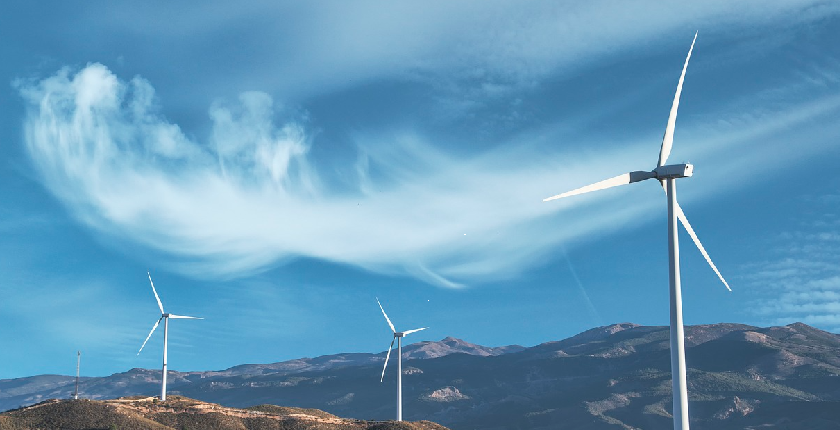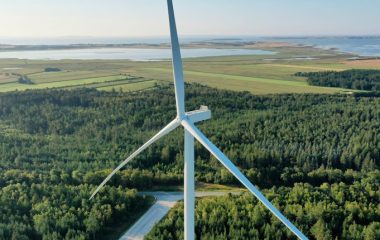
Photo: ELG21 on Pixabay
Greece’s National Energy and Climate Plan (NECP) was originally presented in January, but it has been revised based on feedback from the European Commission. The new draft will now be discussed with local energy and environmental bodies before a final version is sent to the EU executive in October.
Greece’s revised plan is an unpleasant surprise for energy storage investors, since it significantly downgrades the capacity target for 2030, while providing room for one more natural gas plant.
More specifically, the revised NECP targets a 79% share of renewables in power production by 2030, versus 80% originally, which translates to 13.5 new gigawatts compared to 14.7 GW announced in January.
Photovoltaics have been reduced to 13.4 GW from 14.1 GW, while the onshore wind energy target has been upgraded to 7.6 GW from 7 GW. When it comes to offshore wind, the goal is set at 1.9 GW, down from 2.7 GW in the original plan. The goal for other renewable energy sources remains at 800 MW.
Large hydroelectric plants are expected to reach 3.8 GW by 2030 compared to 4 GW in the original proposal.
Given the importance of balancing in the Greek power system, the government has taken a more realistic and less ambitious approach concerning energy storage and natural gas plants. It has revised batteries to just 3.1 GW from 5.6 GW originally, while pumped hydro capacities are set at 2.2 GW down from 2.5 GW.
On the other hand, natural gas in power production is increased from 7 GW to 7.7 GW, meaning than one more plant will be constructed by 2030.
It should be noted that all lignite plants are going to be desommissioned by that date.
High cost of electricity expected in Greece
The NECP also contains the Ministry of Energy and Environment’s projections of power prices during the rest of this decade. The wholesale price is projected to decline to EUR 132.6/MWh by 2030 from EUR 187.1/MWh in 2021. However, this price is higher than what it was in previous years even though the ministry expects a reduction after 2030.
The higher electricity cost is justified as a result of the need to install new technologies in Greece, such as energy storage and offshore wind, as well as large investments in the power grid to support renewables and maintain reserve gas plants.
Another crucial aspect of the plan is energy efficiency, where the goal is set at 5% more savings by 2030. However, this percentage steeply rises afterwards, to 14% by 2035.
Green hydrogen has been boosted from 1.2 GW earlier to 1.7 GW in the new plan, which translates to 135,000 tons, in order to decarbonize hard-to-abate sectors, such as transportation and industry.
Last but not least, greenhouse gas emissions in Greece are expected to be reduced by 54% by 2030 compared to 1990 (without Land Use, Land-Use Change and Forestry – LULUCF) and by 57% including LULUCF.









The January 2023 NECP targeted 28 GW of renewables by 2030 compared to 19 GW under the previous version. With the EC corrections, what is the renewables target now? I cannot figure it out from this article’s information. Has it gone up or down?